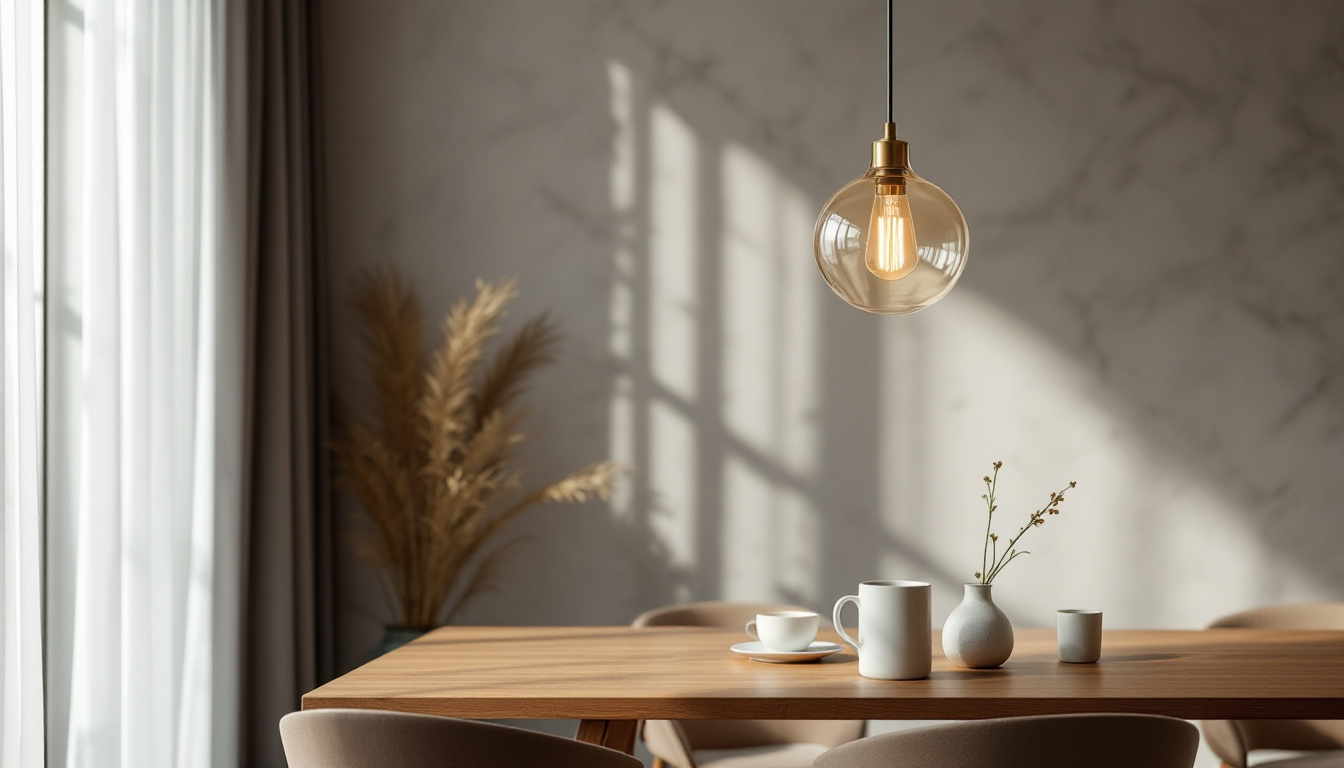
light pendants are more than just decorative pieces; they are essential components of modern lighting design. For lighting professionals, understanding how to select, install, and maintain these fixtures is crucial to delivering quality results to clients. This article provides a comprehensive checklist to ensure that every aspect of light pendant selection and installation is covered.
Before diving into the checklist, it’s important to grasp what light pendants are and how they function within a space. Light pendants are suspended fixtures that hang from the ceiling, providing both illumination and aesthetic appeal. They come in various styles, sizes, and materials, making them versatile for different applications. The choice of a light pendant can dramatically influence the mood and functionality of a room, serving as both a source of light and a focal point that enhances the overall decor.
In addition to their functional benefits, light pendants can reflect personal style and taste. From sleek, modern designs featuring metals and glass to rustic fixtures made of wood and wrought iron, there is a pendant to suit every aesthetic. The height at which they are hung can also affect the ambiance; lower-hanging pendants create a cozy, intimate atmosphere, while higher installations can open up the space and create a more airy feel. This adaptability makes light pendants a popular choice for both homeowners and designers alike.
Light pendants can be categorized into several types, each serving unique purposes and design aesthetics. Some common types include:
Light pendants are versatile and can be used in various settings. They are commonly found in:
Moreover, the placement of light pendants can significantly influence the functionality of a space. For instance, in a kitchen, hanging a pendant above an island not only provides necessary task lighting but also adds a layer of style that can tie the room together. In a living room, a well-placed pendant can serve as a conversation starter, drawing attention to the seating area while providing soft, ambient light that enhances relaxation. The versatility of light pendants ensures they can be tailored to meet the specific needs of any environment, making them an essential element in both interior and exterior design.
Choosing the right light pendant involves several considerations. This checklist will guide lighting professionals through the selection process to ensure that the chosen fixtures meet both functional and aesthetic requirements.
Understanding the purpose of the lighting is the first step. Is the pendant meant to provide ambient lighting, task lighting, or accent lighting? This will influence the size, brightness, and type of bulb used.
For instance, if the goal is to illuminate a workspace, a pendant with a focused beam may be more appropriate. Conversely, for creating a cozy atmosphere in a dining area, a softer, diffused light would be ideal.
The size of the pendant should be proportional to the space it occupies. A large pendant can serve as a focal point in a spacious room, while smaller pendants work best in tighter areas. As a rule of thumb, the diameter of the pendant should be about one-third the width of the table or surface it hangs above.
Height is also a critical factor. Pendants should hang low enough to provide adequate light but high enough to avoid obstructing views or causing headroom issues. A general guideline is to hang pendants 30 to 36 inches above a dining table.
The style of the pendant should complement the overall design of the space. Whether it’s modern, industrial, traditional, or eclectic, the pendant should harmonize with existing décor. Lighting professionals should consider the materials, colors, and shapes of the pendants to ensure they align with the client’s vision.
Additionally, mixing styles can create an interesting visual dynamic, but it requires a keen eye to ensure balance and cohesion.
Beyond aesthetics, technical aspects play a crucial role in the selection and installation of light pendants. Understanding these elements is essential for lighting professionals to provide safe and effective lighting solutions.
Before installation, it’s vital to assess the electrical requirements of the chosen pendant. This includes checking the wattage and voltage specifications to ensure compatibility with existing wiring and fixtures. Overloading circuits can lead to safety hazards, so it’s essential to adhere to manufacturer guidelines.
Moreover, consider the type of bulbs that will be used. LED, incandescent, and fluorescent options each have different energy consumption rates and lifespans, which can impact both performance and maintenance.
Proper installation height is critical for functionality and safety. As mentioned earlier, the height at which a pendant is installed can affect its performance. Additionally, the location should be strategically chosen to maximize light distribution and minimize shadows.
For example, in a kitchen, pendants should be placed over work areas to provide adequate task lighting. In living spaces, they can be positioned to create a warm and inviting atmosphere.
Dimming capabilities can enhance the versatility of light pendants. Installing a dimmer switch allows users to adjust the brightness according to their needs, whether for a lively gathering or a quiet dinner. When selecting pendants, consider those that are compatible with dimmable bulbs and switches.
Additionally, smart lighting options are becoming increasingly popular, allowing for remote control and automation of lighting settings. This can be an attractive feature for clients looking to modernize their spaces.
Once the light pendants are installed, ongoing maintenance is necessary to ensure they continue to function effectively and look their best. This section outlines key maintenance practices for lighting professionals to consider.
Dust and grime can accumulate on light fixtures, diminishing their brightness and appeal. Regular cleaning is essential to maintain both function and aesthetics. Depending on the material of the pendant, different cleaning methods may be required.
For glass or crystal pendants, a gentle glass cleaner can restore clarity, while metal fixtures may need a specific cleaner to avoid tarnishing. Always refer to the manufacturer’s instructions for cleaning recommendations.
Monitoring the lifespan of bulbs is crucial. Lighting professionals should educate clients on the importance of replacing burnt-out bulbs promptly to maintain consistent lighting levels. Additionally, advising clients on energy-efficient bulb options can help reduce energy costs and environmental impact.
When replacing bulbs, ensure that the new ones match the wattage and type specified for the fixture to avoid potential issues.
Regular inspections of the electrical components are vital for safety. Check for any signs of wear or damage, such as frayed wires or loose connections. If any issues are detected, it’s essential to address them immediately to prevent electrical hazards.
Encouraging clients to schedule routine maintenance checks can prolong the life of their fixtures and ensure safe operation.
The world of lighting design is ever-evolving, with new trends emerging regularly. Staying informed about current trends can help lighting professionals provide innovative solutions to their clients.
As sustainability becomes increasingly important, many manufacturers are focusing on eco-friendly materials for light pendants. Options such as reclaimed wood, recycled metals, and sustainable glass are gaining popularity. These materials not only reduce environmental impact but also add unique character to the fixtures.
Minimalism continues to dominate the design landscape, with clean lines and simple shapes taking precedence. Minimalist pendants often feature neutral colors and understated elegance, making them versatile for various settings. Lighting professionals should consider these designs for clients seeking a contemporary aesthetic.
On the other end of the spectrum, bold colors and patterns are making a statement in light pendant design. Bright hues and intricate patterns can serve as focal points in a room, adding personality and flair. For clients looking to make a bold statement, these options can be particularly appealing.
Light pendants are a vital aspect of lighting design, offering both functionality and aesthetic appeal. By following this essential checklist, lighting professionals can ensure that they select, install, and maintain light pendants effectively. From understanding the different types and applications to considering technical aspects and trends, this guide serves as a comprehensive resource for lighting contractors.
Ultimately, the right light pendant can transform a space, creating an inviting atmosphere that enhances the overall design. By prioritizing quality and attention to detail, lighting professionals can deliver exceptional results that meet the needs and preferences of their clients.
Ready to elevate your lighting projects with the finest selection of light pendants? At LumenWholesale, we offer an extensive range of high-quality, spec-grade lighting solutions tailored to the needs of lighting professionals. Enjoy unbeatable wholesale prices and the convenience of free shipping on bulk orders, ensuring you get the best value without any hidden costs. Transform your spaces with confidence, knowing you’re backed by the reliability and performance of our products. Discover the ideal lighting for your next project by visiting Wholesale Lighting at the Best Value today.
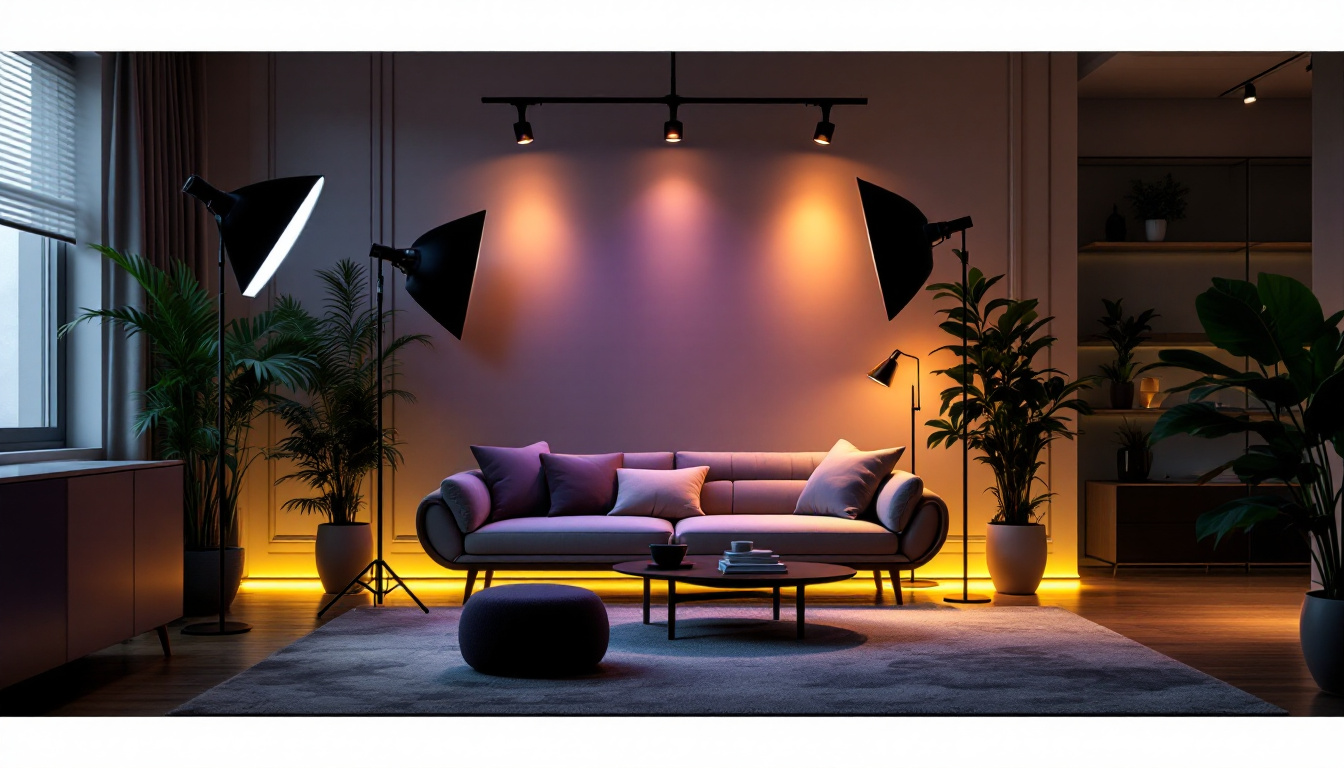
Discover the untapped potential of LED manufacturers in revolutionizing lighting designs.
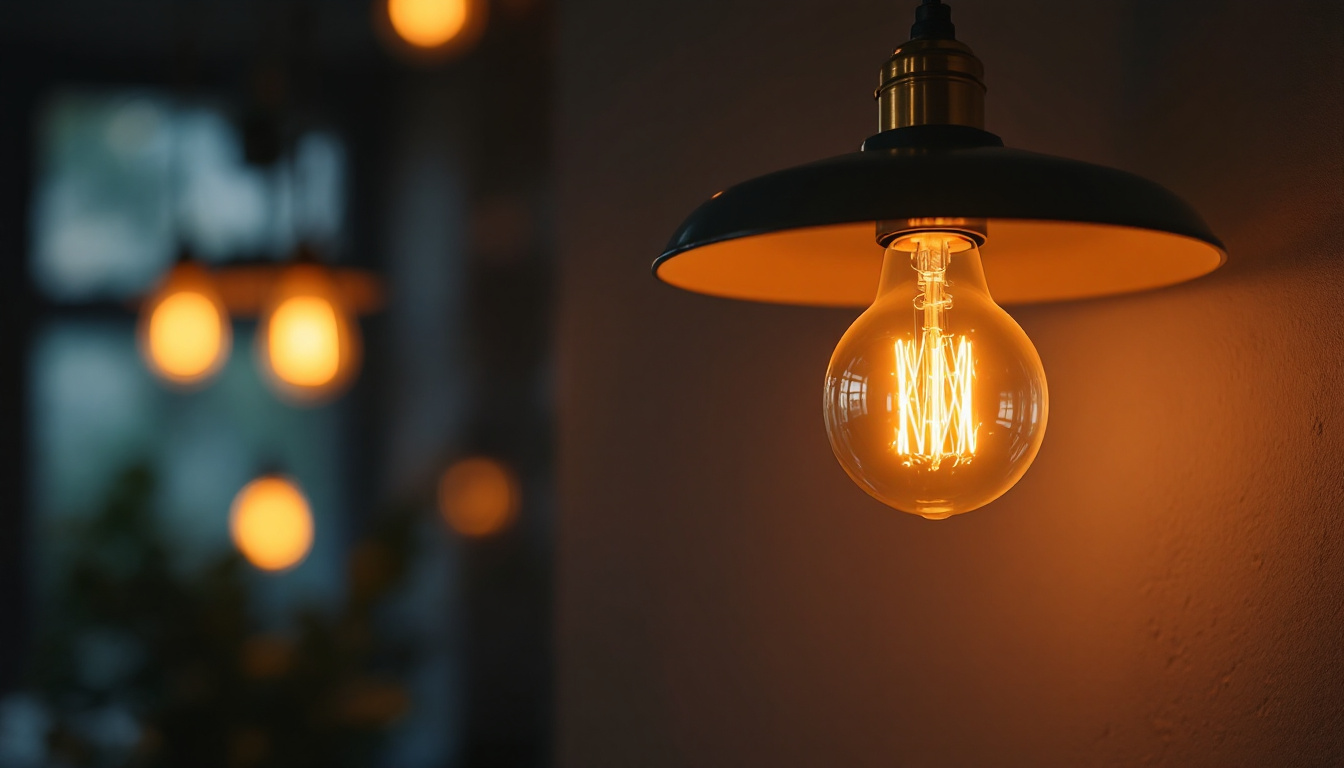
Discover the secrets of the A19 bulb and learn how mastering its features can help you secure more lighting contracts.
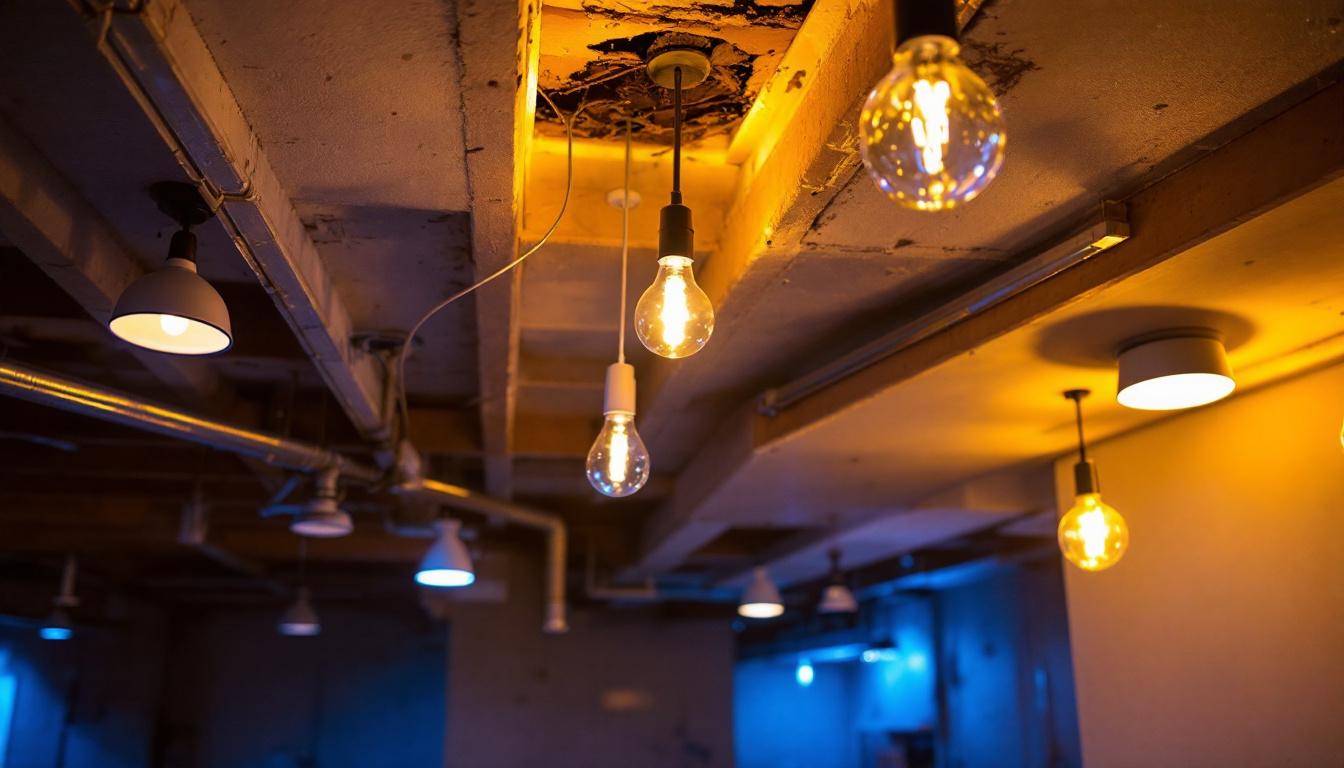
Discover how the right lighting can transform your unfinished basement ceiling from an overlooked space into a functional and inviting area.
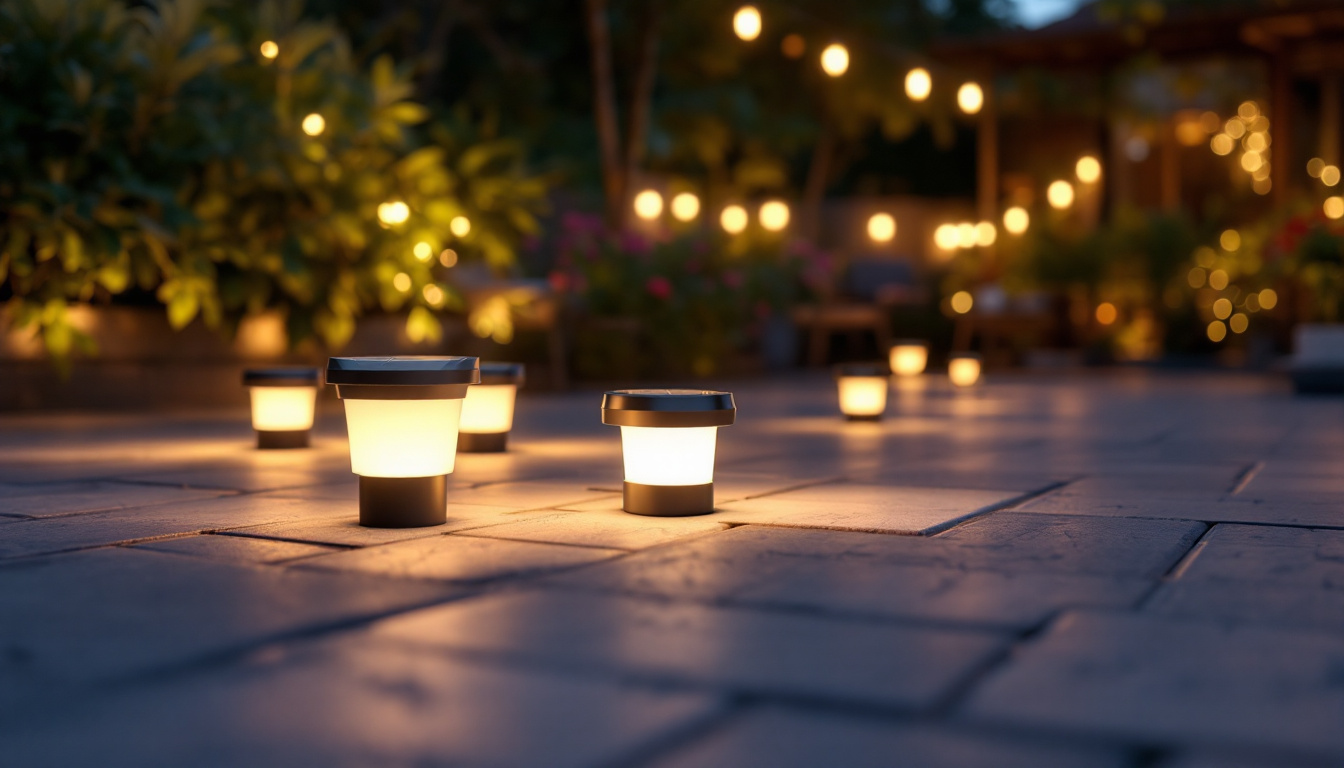
Illuminate your projects with sustainable brilliance! Discover expert advice tailored for lighting contractors on selecting and installing solar-powered outdoor lights.